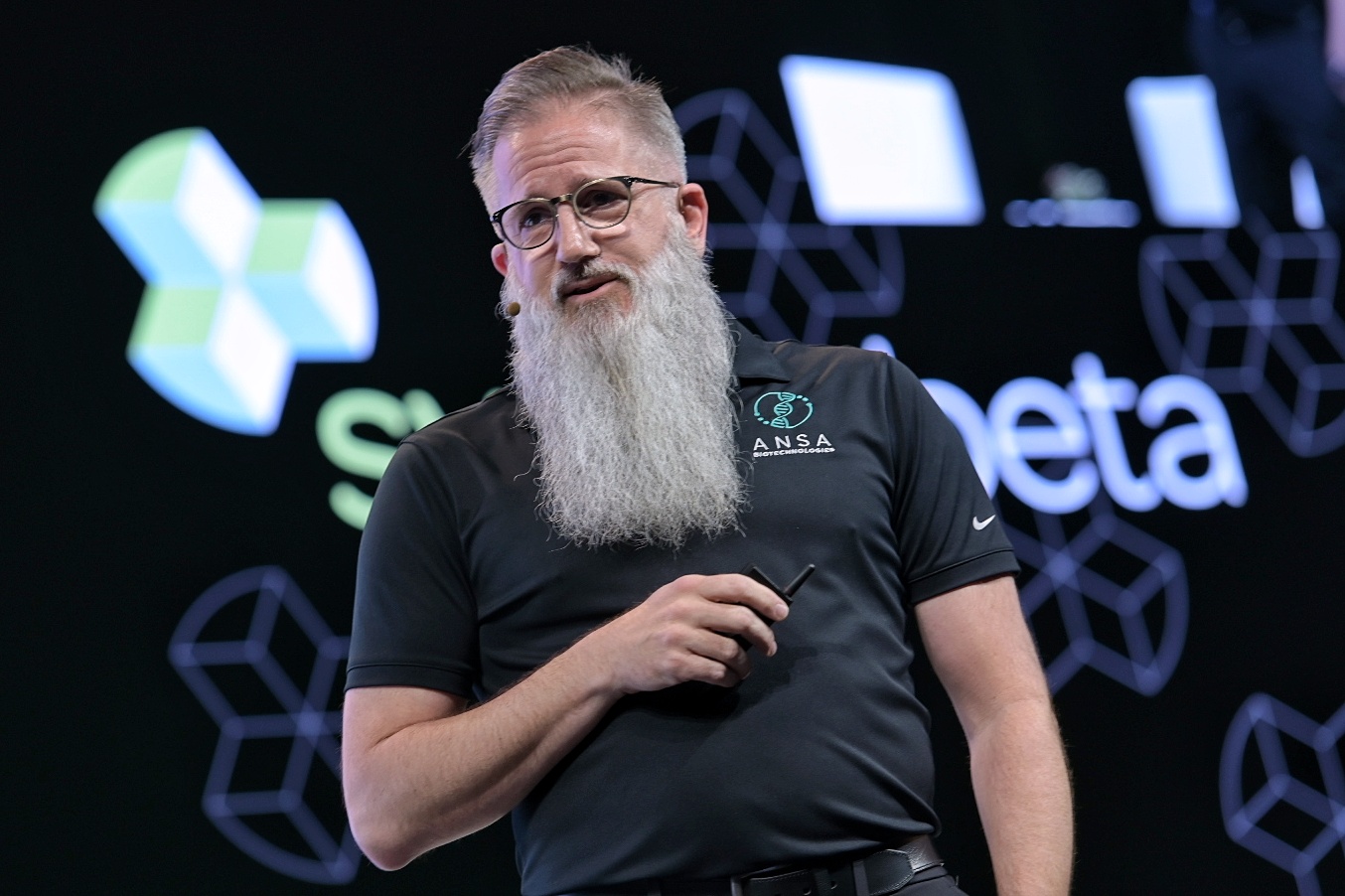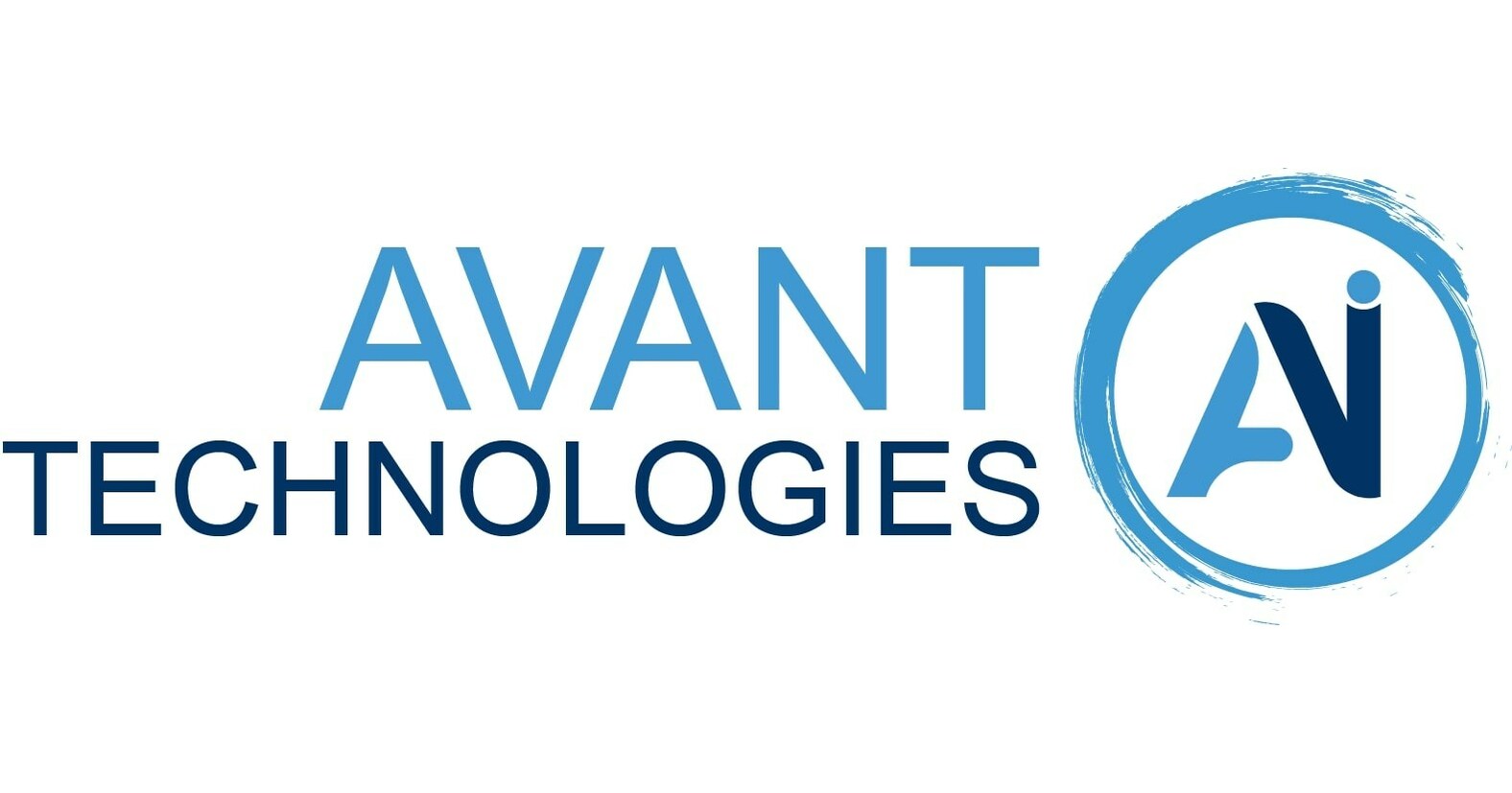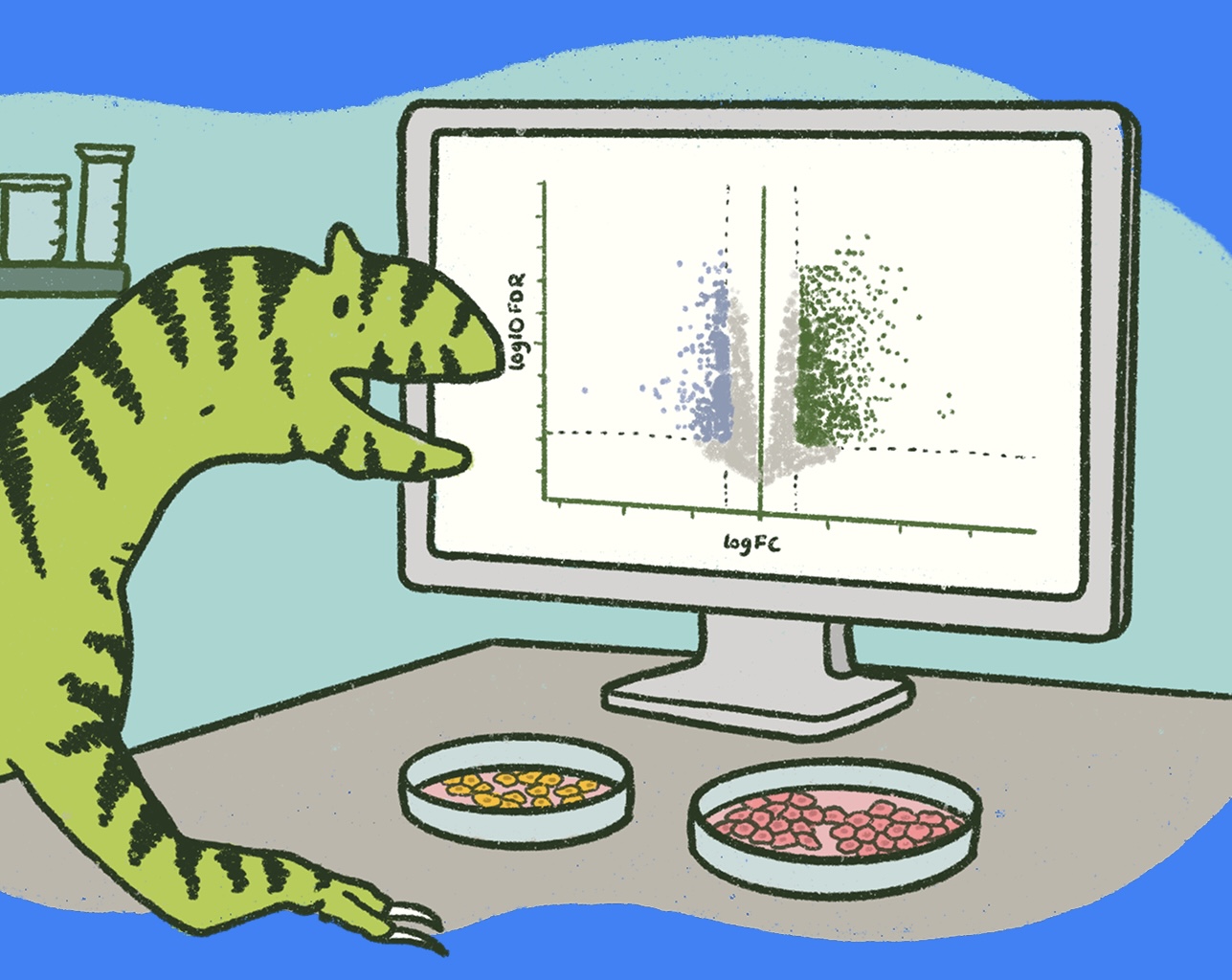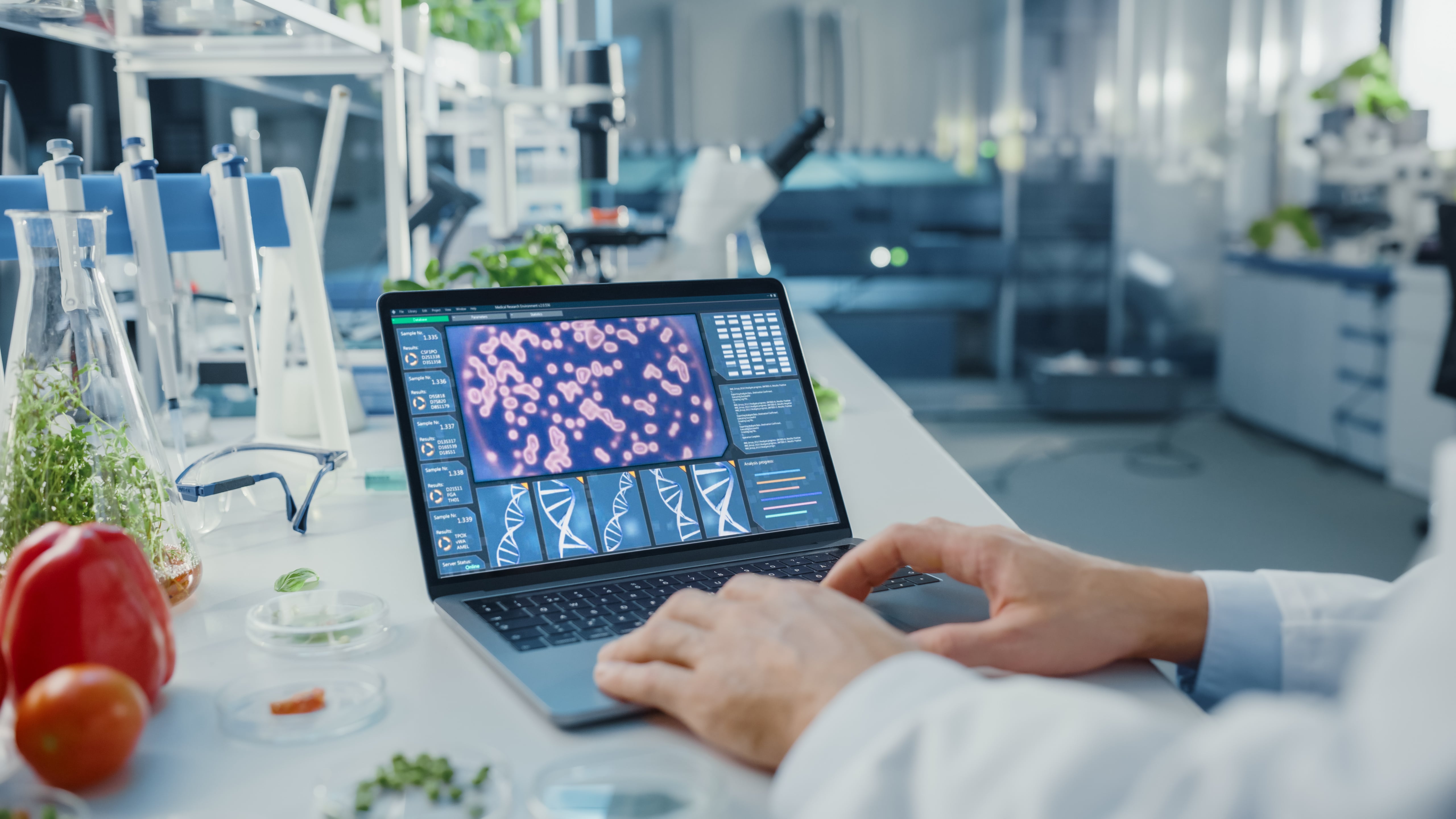From fruit flies to Boy Scouts: A brief history of science in space
From fruit flies to Boy Scouts: A brief history of science in space
The first living organisms sent into space -- some bacteria and the humble fruit fly – returned from their trip to little fanfare and under less than comfortable circumstances. Instead of a relatively nice trip inside a space shuttle, the bacteria and fruit flies were stuffed inside the nose cone of a WWII-era V-2 rocket -- the spacecraft of choice in the early days of microgravity research.We may be a long way from the days when scientific experiments were precariously hurtled through space in the nooks and crannies of repurposed missiles, but science in space has not quite gotten to the level of Arthur C. Clarke’s sweeping vision in 2001: A Space Odyssey. There are no moon bases, nor are diseases cured by some panacea treatment only available in microgravity. Given the advent of computers, cell phones, CRISPR and other advanced technologies during the same timeframe, why does space science seem to be advancing less quickly?
Research: The space exploration gap
Microgravity researcher Dr. Carl Carruthers, who has put his own research payloads into space, believes one reason behind this may be that scientific research in space has largely been treated as an afterthought. For example, Projects Mercury, Gemini and Apollo focused all design efforts on creating a safe spacecraft that could accomplish a set of moon landing goals. Then, if restrictions allowed, science experiments were made to fit into any nooks and crannies that could be found.The Space Shuttle had storage lockers in the middeck area for the crew’s clothes and personal items, among other things. Seeing that there were empty lockers, NASA decided to use them to accommodate microgravity research, even though the lockers were not originally designed for that. While there were eventually dedicated science missions in pressurized or unpressurized modules located in the Shuttle payload bay, like the Spacelab, they adopted the same locker system found inside the Shuttle -- which has since been adopted and utilized on the International Space Station (ISS) even today.Space stations, on the other hand, have historically been designed with scientific research in mind. Skylab -- the only space station that the United States has ever operated exclusively -- was a 1970s space vehicle dedicated (mostly) to scientific research. It paved the way for the ISS, the crown jewel of space science. In 2005 the US-portion of the ISS was designated by NASA as a national laboratory. Yet in twenty years, the ISS has seen about 1700 research payloads, of which only 515 were classified as biology or biotechnology research, and most of which were one-offs. Many of those projects could be better classified as what some might consider “promotional” science. The amount of rigorous science that has been done on the ISS remains surprisingly low.Why?Until recently, the pace of science on the ISS was slow. Beyond the challenge of getting your experiment into space, research design was guided by outdated hardware and old ways of thinking. Instrumentation was very large. Experiments were one-offs, with hardware built specifically for each individual experiment. Repeating experiments, and replicating results, becomes a difficult endeavor in such an environment. Only in January 2019 did humanity even achieve the milestone of growing plant life on another world — via the cotton seeds on China’s Chang’e-4 Lunar far-side payload.“Imagine being in your lab, and every time you wanted to perform an experiment you had to build a piece of hardware for it,” say Carruthers. As recently as 2011, he remembers his frustration with hardware that was nowhere close to functioning like what he routinely used in his Earth lab. “There are several established standard formats found in Earth lab hardware. Microplates, pipettors and centrifuge tubes, for example. Why hasn't anybody ever tried to make a space lab that’s more analogous to a lab found on Earth’?” he thought.It was about this time when Carruthers met Jeff Manber, CEO and Co-Founder of NanoRacks. In NanoRacks, he saw a company that was innovating the way scientific research in space was thought about and conducted.
Creating a space lab analogous to Earth labs
NanoRacks’ plan for standardized hardware and commercial access would more efficiently use space already dedicated for research on the ISS and reduce costs for researchers putting payloads into space. Approaching NASA with their idea, NanoRacks said they would pay for the hardware, the technology, and the safety process. All they needed in return was a trip (or few) to space. NASA agreed. The result? The NanoLab.The NanoLab is a CubeSat-based plug-and-play research box. Highly volume efficient, NanoLabs were designed to fit into ISS’s EXPRESS Rack locker system, in essence subdividing the available research real estate on the space station. The smallest version of the NanoLab is only 10cm by 10cm by 10cm -- the CubeSat 1U standard. The small research space is also more cost effective: the miniaturized electronics necessary for doing research with a NanoLabs are much cheaper than standard-sized electronics needed for typical spaceflight research. There are no radiation hardened computers or electronics for instance—the ISS’s environmental protection takes care of that. With the popularity of such cheap, readily-available microcontrollers such as the Arduino and Raspberry Pi, both about the size of a matchbox, costs are further reduced. This does not even take into account the recent boom in new, extremely small sensors and devices of all capabilities available from companies like Adafruit, Sparkfun, or even Amazon. And, the NanoLab’s plug-and-play nature (thanks to an integrated USB port) saves crewmembers time and facilitates near-real-time data transfer back to Earth.

To facilitate a protein crystal growth experiment, two 1.5U NanoLabs -- each holding 6 microplates -- were connected together. Photo credit: Carl Carruthers/NanoRacks.
The NanoLab turned out to be a truly transformative idea, yet it wasn’t completely removed from the one-and-done type of experiment that had plagued space science for so long. More standards -- standards that researchers were familiar with -- were needed to make the space lab more analogous to labs on the ground. And what could be more familiar than microplates?

Because they are a standard piece of earth-lab equipment, NanoRacks requires all their hardware be compatible with microplates, such as this Reactor Microplate, designed and manufactured and optimized by NanoRacks for use in their ISS Plate Reader. Photo credit: NanoRacks.
Building upon the versatility of and familiarity with microplates, NanoRacks decided that their hardware should have some ability to work with microplates. Their very first commercially available piece of equipment, a plate reader (which first arrived on the ISS in 2011 and is now on its second version) easily fit the bill and is itself a standard, familiar piece of equipment found in nearly every research lab on Earth. Next up, a microscope, also formatted for use with microplates, which NanoRacks has now evolved to its third iteration. Both pieces of equipment were a huge step toward providing researchers tools that they were familiar with, eliminating the need to learn new hardware. Both tools are also easy for Space Station crew members to use.“All the research that you do on the space station is by proxy, either by a machine or a person,” says Carruthers, who ultimately joined as NanoRacks’ chief scientist in 2014. He notes that the person running your experiment “may or may not have any research or science background. And so, to even remove just one bit of that area of unfamiliarity or uncertainty of hardware used on the ISS, by making the research easier to adapt from ground based experiments, or more understandable, or more comfortable -- it was a significant step to having ... what you have in your lab [on the ground] for the space station.”Importantly, NanoRacks has opted to keep their standards open source, such as the NanoLab form factor. “We're into creating a real commercial ecosystem in low-Earth orbit,” says Adrian Mangiuca, NanoRacks’ Commerce Director. “And we don't do that alone, we don't do that with one commercial monopoly. We need a vibrant community of buyers, sellers, hardware, and service providers—that’s what makes any market sustainable.” Indeed, this was the root behind Manber’s decision not to patent the initial NanoLab models, and it has paid off on the ISS.Other companies are finally catching on, and some have even built microgravity research units with form factors nearly identical to the NanoLab. The NanoLab standard developed early on by NanoRacks has taken hold in the broader microgravity research community, with ever more commercial hardware being built to meet researchers’ demands for microplate-ready tools. By remaining open and collaborative, NanoRacks is helping foster a space science community and ecosystem of services and hardware that is finally making gains.
Fruit flies, Boy Scouts, and Chinese payloads in space
NanoRacks’ efforts are paying off in tangible ways. Remember those unfortunate fruit flies crammed into the V-2 rocket nose cone on that first live organism payload flight? Thanks to NanoRacks’ standardized hardware and relationship with NASA, fruit flies -- a great research model both on the ground and in space -- are making it into space once again (and fortunately for them—back down to Earth as well). One NanoRacks customer, a prolific fruit fly researcher, was able to fly payloads three times in a single year -- three times more, she wrote, than in all the years prior to that. She has since been able to build a much more sophisticated fruit fly space research program and regularly sends projects to the ISS.“We were able to move this microgravity researcher ahead farther and faster than she had been able to before, which underscores the capabilities that we've been able to provide investigators, creating something that's affordable and easily transferable,” remarks Carruthers.NanoLabs have also housed some incredible science projects for Chicago’s Boy Scout Troop 209, which studied bacterial gene mutation in microgravity. A second troop used spectrometry inside their NanoLab to study how amyloid beta -- the peptide responsible for amyloid plaques in the brains of Alzheimer’s patients -- folds in microgravity. Both projects could have important implications for human health -- both on the ground and in space. And NanoRacks’ support of students doesn’t stop there. Their spin off company, DreamUp, helps students from primary to post-doctorate realize their own microgravity experiments such as the world’s first genome editing experiment in space.But perhaps the most significant scientific payload NanoRacks has flown is a collaborative project with scientists from the Beijing Institute of Technology. The research team created a microgravity-optimized PCR chip to study mutation in an immune system-specific area of the genome susceptible to damage from ionizing radiation like that experienced by astronauts in space. The result was a miniature thermocycler that is both portable and programmable -- and that yielded equivalent or higher amounts of DNA than commercial thermocyclers. The study was published in the journal Acta Astronautica and represents the first commercial Chinese payload in history on the ISS -- making NanoRacks the first and only entity, commercial or otherwise – to make this opportunity possible.

The formal handover of the Chinese payload to NanoRacks at the Space Life Sciences Lab in Cape Canaveral, Florida. Photo credit: NanoRacks.
Small effort, big gains
Clearly, a lot of progress has been made toward making the space lab more analogous to the Earth lab in the past few years, and NanoRacks has played no small part in those improvements. Despite the challenges that still remain for microgravity research, some truly significant work has been accomplished. With just a little more investment, Carruthers believes, much larger gains can be made.“We’re close,” he says. “If we just opened it up a little bit more and we make available things that are even more familiar to the researcher, like automated fluid handling, if we made it only just a little bit easier, imagine how that would change the complexity, quality, and consistency of research done in space. Imagine what researchers could understand and produce – from biology to complex pharmaceuticals. NanoRacks is ready to be a keystone company in these efforts.”Indeed, NanoRacks is collaborating closely with NASA to explore future commercial pathways to expanding the scope of space science. The Company was selected as one of nine to lead NASA’s LEO Commercialization Study, which yielded critical insights into the pathway toward expanding commercial activity in space. NanoRacks expects that insights gleaned from this endeavor will ultimately result in producing more sustainable, more affordable approaches to space science. With NanoRacks, NASA, and the space industry at large approaching sustainable, useful space science — and bioscience specifically — as a central theme and focus of exploration (rather than an expensive afterthought), those goals will become a reality, forever transforming space science.



.svg)











-min.png)
.gif)